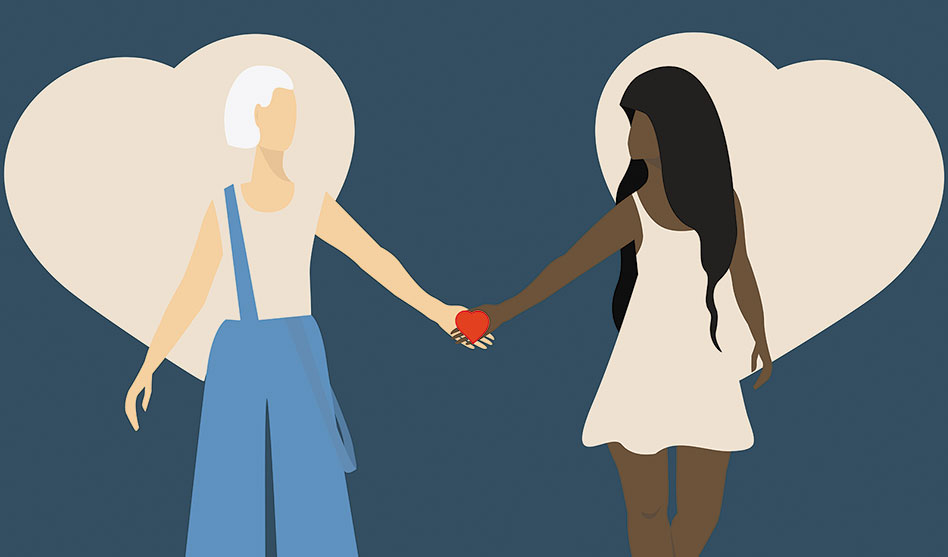Making the case for a more inclusive Valentine’s Day
 Since the rise of Valentine’s Day in the 1970s and ’80s, retailers and advertisers have centered the holiday of love around one very specific group: The Couple.
Since the rise of Valentine’s Day in the 1970s and ’80s, retailers and advertisers have centered the holiday of love around one very specific group: The Couple.
When it comes to celebrating your partners or spouses, Valentine’s Day has, through mass media, become one of the most important — and expensive — holidays of the year. However, with 50 percent of the Millenial and Gen-Z population single or uninterested in celebrating the holiday these days, the nearly-$28 billion industry has missed out on reaching a sizable amount of the population.
Each year, more than half of the single Gen-Z and Millennial population abstain from celebrating Valentine’s Day. Why would they celebrate it?
Historically Valentine’s Day has not been a holiday that they can benefit from, nor is it one they would have felt invited to participate in alone.
For years, Valentine’s Day has been a way to celebrate and be celebrated by the ones we love and who love us most. And yet each year we, more often than not, forget to celebrate one of the most important relationships we will ever have: The one we have with ourselves.
The way in which Valentine’s Day is traditionally celebrated in America does not leave much space for those of us who are single, widowed or even divorced to honor the love that we do have in our lives. In fact, it traditionally does just the opposite. Within the binary, traditional framework of Valentine’s Day, self-love isn’t worth celebrating, and neither are more atypical versions of love and relationships.
Furthermore, for members of the LGBTQIA community, the holiday can diminish the validity and reality of our relationships even further. What space does the holiday hold for asexual individuals? How are couples in aromantic or asexual partnerships supposed to celebrate their commitment to each other, if how they celebrate doesn’t include stereotypical notions of romance?
Roughly 260,000 individuals within the United States identify as asexual. Within that population, more than 90 percent is composed of Gen-Z and younger Millennial individuals. However, while this population of Americans may be abstaining from or have a lesser form of attraction to sex, for a number of them it doesn’t mean that they aren’t in some form of partnership or another. In fact, nearly 60 percent of surveyed asexual individuals say that they are currently in or have been in a romantic and intimate relationship.
For those of us who have never had to imagine a world where our right to celebrate Valentine’s Day or feel included in socio-normative forms of celebration is questioned, Feb. 14 may appear just as special and simple as any other day. Yet for individuals who have always felt “otherized” and left out from the day’s festivities, having the support and capacity to honor yourself or your relationship, regardless of the dynamic it falls within, can be extremely empowering.
And that is especially true for members of the queer community, who historically have not had their relationships supported in the same capacity as heterosexual, heteroromantic or even more socially-accepted gay or lesbian couples.
If you are someone who traditionally feels left out of Valentine’s Day, this February I challenge you to reclaim the narrative of what it means to show love and appreciation. Embrace the way in which love and respect exist within your world, and let that love blossom this Feb. 14. Whether that be for yourself, your life partner, your neighbors or even your mail carrier. We all deserve to be celebrated and to celebrate the people in our worlds who bring us joy. And what better day to do so, than the day of love itself?
Maxwell Poyser (she/they) is head of marketing and media for Fern Connections (FernConnections.com), a matchmaking company focused on the LGBTQIA+ and ally community. She is also author of Fern Connections’ blog, The Dating Dispatch.











